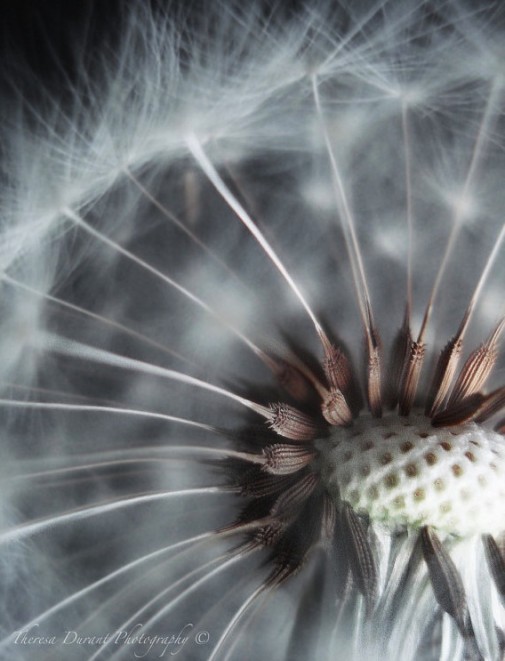In this moment … like a dandelion seed on the wind I’m falling deeper into wabi sabi perception.
Lovingly continuing to sip many times a day, every day from my nearly 15-year old white china coffee mug, handle broken off from two falls, tiny cracks appearing like frail hands on a ladies wrist watch.
Re-reading “Practical Wabi Sabi” by Simon G. Brown.
While looking for an image for you I came across this beautifully-written article by Robyn Griggs Lawrence, Editor of Natural Home, 2001 and author of another Wabi Sabi book, wherein he says:
“Broadly, wabi-sabi is everything that today’s sleek, mass-produced, technology-saturated culture isn’t. It’s flea markets, not shopping malls; aged wood, not swank floor coverings; one single morning glory, not a dozen red roses. Wabi-sabi understands the tender, raw beauty of a gray December landscape and the aching elegance of an abandoned building or shed. It celebrates cracks and crevices and rot and all the other marks that time and weather and use leave behind. To discover wabi-sabi is to see the singular beauty in something that may first look decrepit and ugly.
Wabi-sabi reminds us that we are all transient beings on this planet that our bodies, as well as the material world around us, are in the process of returning to dust. Nature’s cycles of growth, decay, and erosion are embodied in frayed edges, rust, liver spots. Through wabi-sabi, we learn to embrace both the glory and the melancholy found in these marks of passing time.”
Enjoy giving yourself permission to be yourself.
{Post-script: Did you notice my blog images refuse, no matter what I do technically, to center themselves symmetrically under my headlines thus making my posts visually imperfect? Wabi Sabi suggests the eye enjoys asymmetry. I attempt humble acceptance which may lead to tranquil liberty from design decorum.}
Image “In this moment” borrowed from Theresa Durant. Available to buy.

Felipe says:
This one really hit the nail on the head. I have just rentcely discovered the joy of imperfection and am having so much fun sharing and laughing with others about all the goofs I make. Wow, this is living and loving.
03/12/2015 — 8:20 am
mardelle says:
I loved this. Being a major fan of wabi sari whether it is finding treasures already loved in charity shops, dumpster diving (but only in Luxembourg) or simply capturing moments for the split second in time they represent before a wave – this really struck home. Thank you.
03/04/2016 — 11:01 pm
VideoPortal says:
Starting with the h century, as a reaction to the prevailing aesthetic of lavishness, ornamentation, and rich materials, wabi-sabi became the art of finding beauty in imperfection and profundity in earthiness, of revering authenticity above all.
27/03/2017 — 2:33 am
BarrySmeft says:
Hy there, What we get here is , an invitingoffers
Unbiased click
https://drive.google.com/file/d/1nOqbhaMRQKdWhSCYxjg3vB0CYNItlx9c/preview
12/11/2018 — 9:47 am
Broncofea says:
for Countess Louise of Savoy
10/12/2020 — 5:49 pm
Bluetoothkvk says:
(palimpsests). In the XIII-XV centuries in
02/01/2021 — 1:28 am
Sunburstxeu says:
antiquities. These are the Egyptian papyri
05/01/2021 — 8:24 am
Minelabhzq says:
Middle Ages as in Western
07/01/2021 — 6:48 pm
Superchipsonz says:
manuscripts underwent in the Middle
10/01/2021 — 7:22 am
Vortexwyt says:
elements (case, binding).
11/01/2021 — 12:16 am
Telecastertan says:
the best poets of his era and
20/01/2021 — 8:49 am